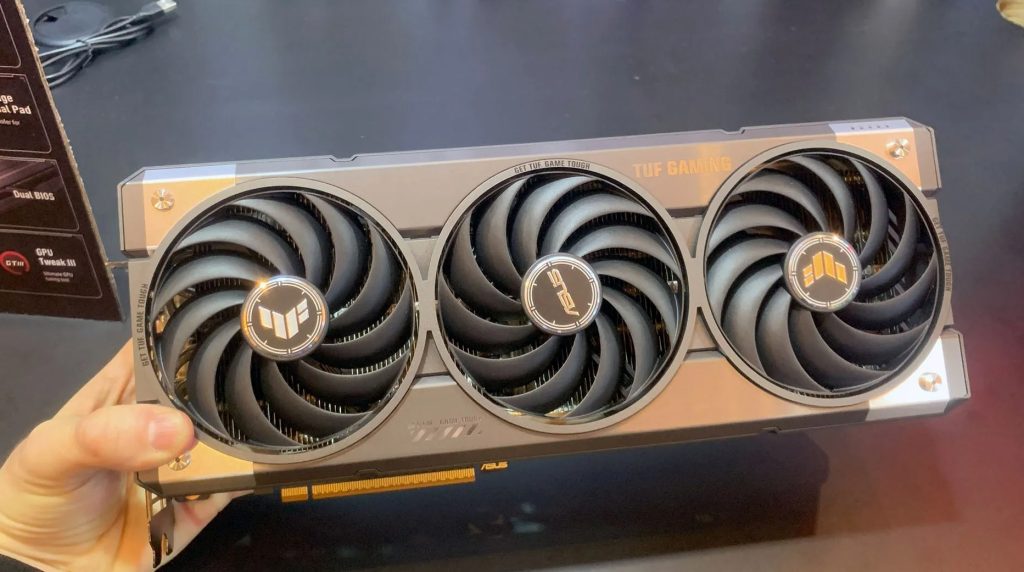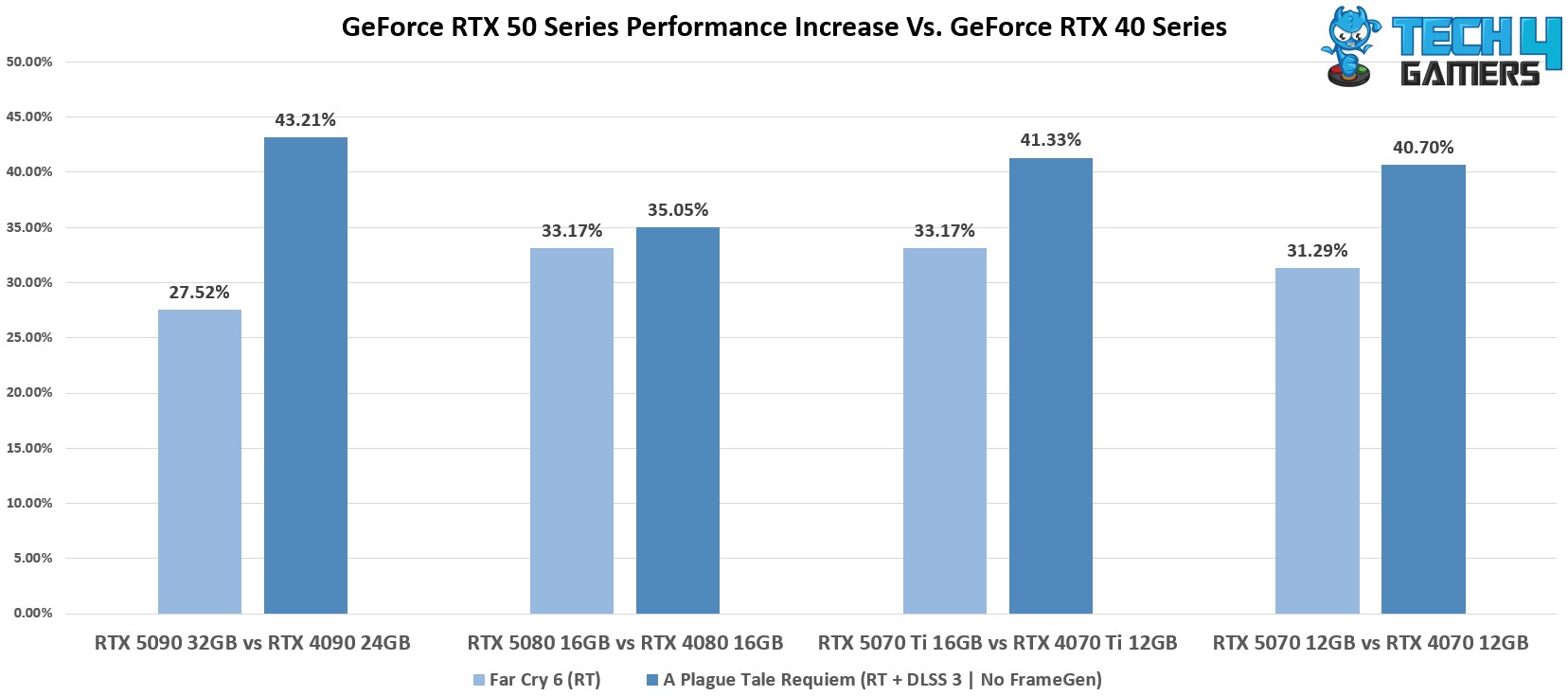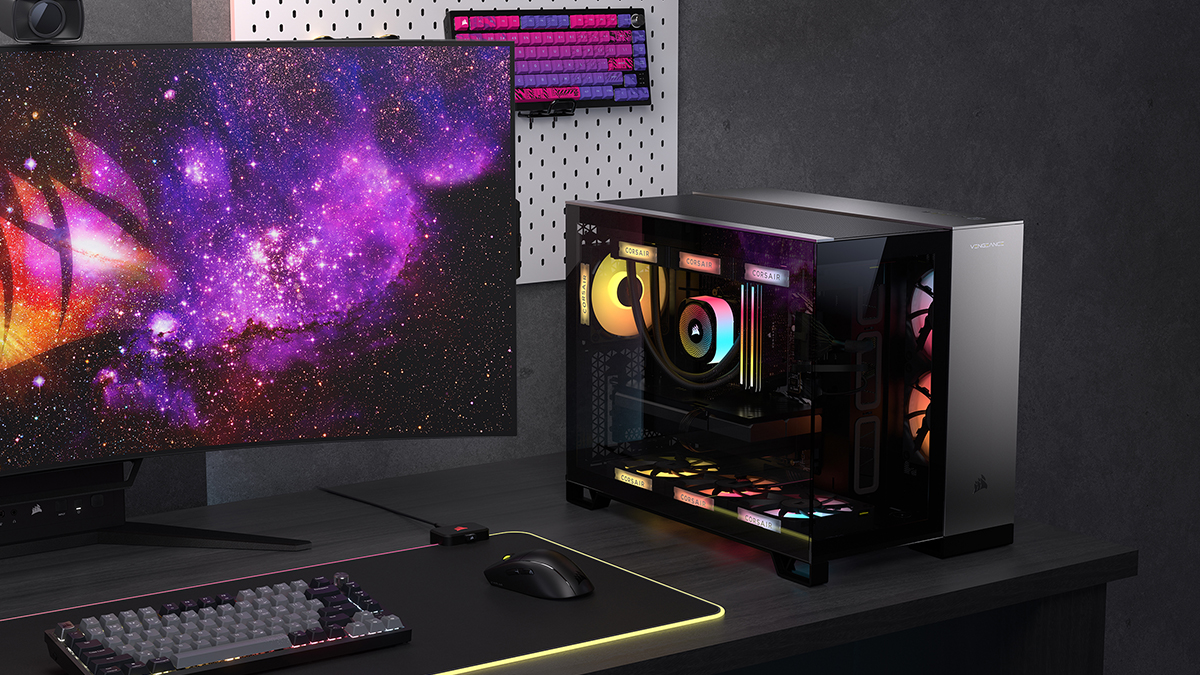- AMD’s CES announcement about the RX 9000 series GPUs revealed nothing except a name change and a vague “Q1 2025” release date.
- To add salt to the wound, AMD’s latest FSR4 technology will only be available for the latest RX 9000 series GPUs, stealing the versatility it once had.
- Some of the latest leaks favor AMD, with the RX 9070 XT surpassing the RTX 4080 Super in performance while costing significantly less.
- Most importantly, NVIDIA basically had a paper launch with its RTX 5090 and RTX 5080, leading to scalping problems, which AMD could have capitalized on.
AMD is notorious for having bad product launches, and this time, with the RX 9000 series, they haven’t done it justice again. According to the CES 2025 product reveals, AMD has a better chance of taking over NVIDIA’s market share, but if you don’t even reveal anything about the product you’re releasing, you won’t be able to gain any traction anyway.
Plus, with the NVIDIA RTX 5090 and 5080 finally hitting the market, it turns out NVIDIA basically put out a very low stock of the cards, leading to long lines and plenty of scalping. If AMD had timed its release with NVIDIA, it could have jumped in on the action and gained a good market. In any case, there are many things AMD could have improved with their announcement, which I’ll break down below.
The Announcement Was Shrouded In Mystery

Usually, when a product lineup is announced, companies reveal more than just the naming scheme. But AMD? That’s all they announced. Unlike NVIDIA’s announcement, where Jensen Huang showed actual (rigged) benchmarks of the RTX 50 series GPUs and the expected availability of the GPUs, AMD failed to announce that.
What did the company share instead? The naming scheme was being changed to align with NVIDIA’s products, mainly changing from the RX 9700 XT to the new name RX 9070 XT, and so on. The second thing shared during the announcement was that we could expect availability in Q1 2025—but that’s about it. However, we have received availability updates ever since. The review embargo is set to end on January 22, 2025, so we’ll learn a lot about the product soon enough.
FSR4 Is Only For Latest AMD GPUs
I don’t know about the rest, but that’s a big letdown. AMD’s AI upscaling technology was known for its versatility, which the company seems adamant about destroying. At least older GPUs still have access to FSR3, but I would have loved a performance boost with FSR4, which would have helped their value increase further.
Instead, FSR4 will be available for only the RX 9070 and RX 9070 XT GPUs for now and for any other AMD GPUs released later. On the other hand, NVIDIA changed their approach, and the latest DLSS 4 will be available for all NVIDIA RTX GPUs. From an outsider’s point of view, it seems both companies traded their positions to make this move.
Latest Leaks Are On AMD’s Side
Since the launch, we have received a few leaks; honestly, they’re not that bad. Of course, I always recommend taking any of these leaks with a grain of salt, but here’s what we know so far. The RX 9070 XT “supposedly” beats the RTX 4080 Super in rasterization performance and will only cost $479. Similarly, the RX 9070’s performance will be on par with the RTX 4080 Super.
Again, I recommend you take these leaks with a grain of salt because nothing is confirmed. If we believe all the leaks and official benchmarks from both companies, the RX 9070 Super won’t match the RTX 5070’s performance with DLSS enabled. However, if NVIDIA’s false claims are false, the RX 9000 series GPUs could wrench their competitor’s market share.
After our expert analysis, NVIDIA’s claims did seem odd, and our performance chart based on the CES announcement also rectified NVIDIA’s mistake. Here’s the chart:

Prices Are Getting Higher
To put it simply—both the RTX 5090 and 5080 are really hard to find, and since NVIDIA stopped selling the RTX 4090 and other non-Super cards a while ago, scalpers are having a field day with the new RTX 50 series. On top of that, last-gen cards from both AMD and NVIDIA are getting harder to find in stores and online, and their prices are going up.
If AMD had released its cards at the same time as NVIDIA—and actually had stock instead of just a “paper launch”—it could have been a great option for gamers looking to upgrade at the start of the year.
Thank you! Please share your positive feedback. 🔋
How could we improve this post? Please Help us. 😔
Zain is our hardware expert, known for deep-dive reviews and round-ups on motherboards, CPUs, RAM, GPUs, and cooling systems. He focuses on performance and value, skipping the marketing hype to give you honest, no-nonsense advice.


 Threads
Threads

